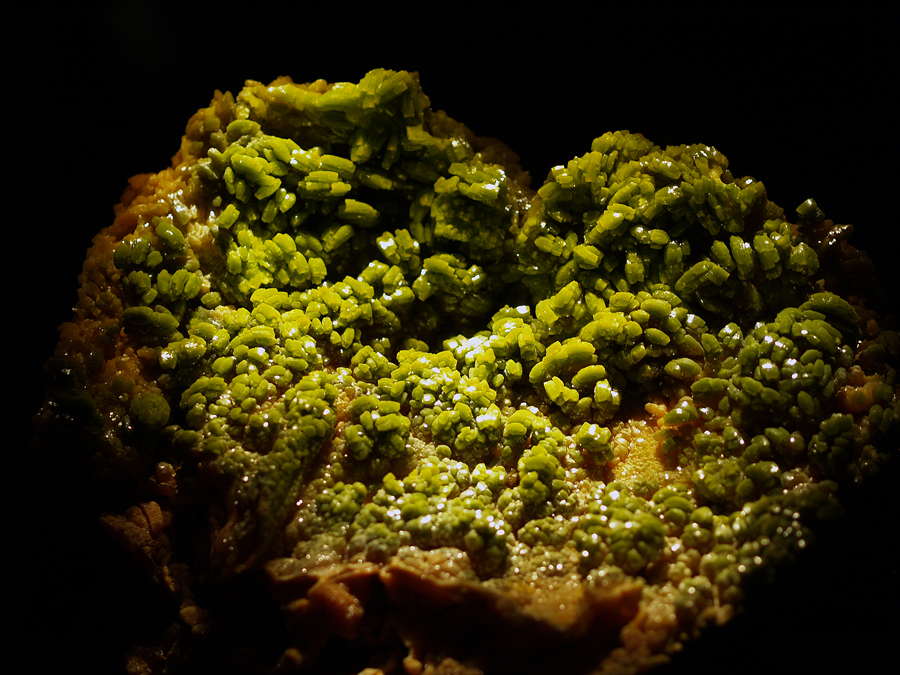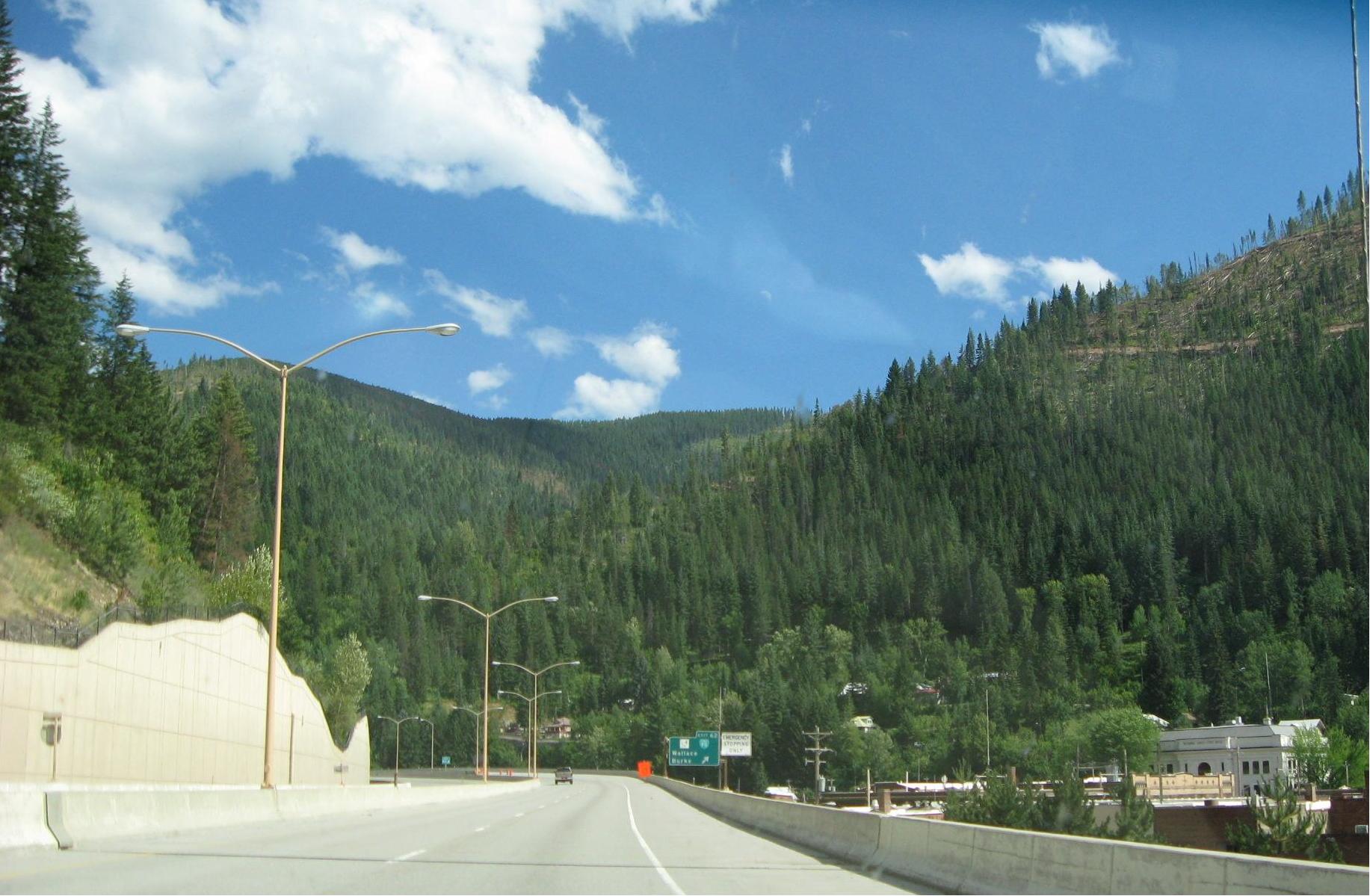|
Lucky Friday Mine
The Lucky Friday mine is an underground silver, lead, and zinc mine in the western United States, near Mullan, Idaho. Operated by Hecla Mining company, it is one of the few mines remaining operational in the Silver Valley of northern Idaho, producing 1000 tons of ore per day. The ore deposit type is Polymetallic veins of hydrothermal origin. The mining method used is underhand cut and fill mining. The mine's primary access and production are through the Silver Shaft, an diameter, concrete-lined shaft sunk to a depth of , over below sea level. Geography Located in northern Idaho, the mine is east of Mullan in the Coeur d’Alene Mining District, on the north side of exit 69 of Interstate 90. The elevation at the surface is approximately above sea level. About eastbound on I-90 is Lookout Pass, the border with Montana. Geology The geology is Precambrian The Precambrian (or Pre-Cambrian, sometimes abbreviated pꞒ, or Cryptozoic) is the earliest part of Earth's history, ... [...More Info...] [...Related Items...] OR: [Wikipedia] [Google] [Baidu] |
Silver Valley (Idaho)
The Silver Valley is a region in the northwest United States, in the Coeur d'Alene Mountains in northern Idaho. It is noted for its mining heritage, dating back to the 1880s. Geography Silver Valley is a narrow valley about in length, east of the city of Coeur d'Alene. The South Fork of the Coeur d'Alene River flows through the valley and Interstate 90 traverses the valley between Fourth of July Pass to the west and Lookout Pass on the Montana border. Several towns are located in the valley, all in Shoshone County. These include (from west to east) Pinehurst, Smelterville, Kellogg, Wardner, Osburn, Silverton, Wallace, and Mullan. The Silver Valley has also been referred to as the Coeur d'Alene Valley and the Coeur d'Alene Mining District. Geology The Coeur d'Alene (Silver Valley) Mining District is located in Proterozoic metasediments. The mined portion of the stratigraphic column in the Silver Valley, known as the Belt series, can be divided into six main for ... [...More Info...] [...Related Items...] OR: [Wikipedia] [Google] [Baidu] |
Interstate 90 In Idaho
Interstate 90 (I-90) is a transcontinental Interstate Highway that runs east–west across the northern United States. Within the state of Idaho, the freeway travels for from the Washington border near Spokane to Coeur d'Alene and the panhandle region at the north end of the state. After traveling through the Silver Valley along the Coeur d'Alene River in the Bitterroot Range, I-90 crosses into Montana at Lookout Pass. I-90 was created by the federal government in 1957, following the general route of U.S. Route 10 (US 10) and the mid-19th century Mullan Road constructed by the U.S. Army. The freeway was constructed in stages between 1960 and 1992. Route description Interstate 90 enters Idaho at a crossing of the Spokane River in the community of State Line in Kootenai County, approximately east of Spokane, Washington. The freeway travels northeast through the Rathdrum Prairie and into the outskirts of Post Falls, passing several retailers and a business pa ... [...More Info...] [...Related Items...] OR: [Wikipedia] [Google] [Baidu] |
Lead Mines In The United States
Lead is a chemical element with the Symbol (chemistry), symbol Pb (from the Latin ) and atomic number 82. It is a heavy metals, heavy metal that is density, denser than most common materials. Lead is Mohs scale of mineral hardness#Intermediate hardness, soft and malleable, and also has a relatively low melting point. When freshly cut, lead is a shiny gray with a hint of blue. It tarnishes to a dull gray color when exposed to air. Lead has the highest atomic number of any stable nuclide, stable element and three of its isotopes are endpoints of major nuclear decay chains of heavier elements. Lead is toxic, even in small amounts, especially to children. Lead is a relatively unreactive post-transition metal. Its weak metallic character is illustrated by its amphoteric nature; lead and lead oxides react with acids and base (chemistry), bases, and it tends to form covalent bonds. Compounds of lead are usually found in the +2 oxidation state rather than the +4 state common with lighte ... [...More Info...] [...Related Items...] OR: [Wikipedia] [Google] [Baidu] |


